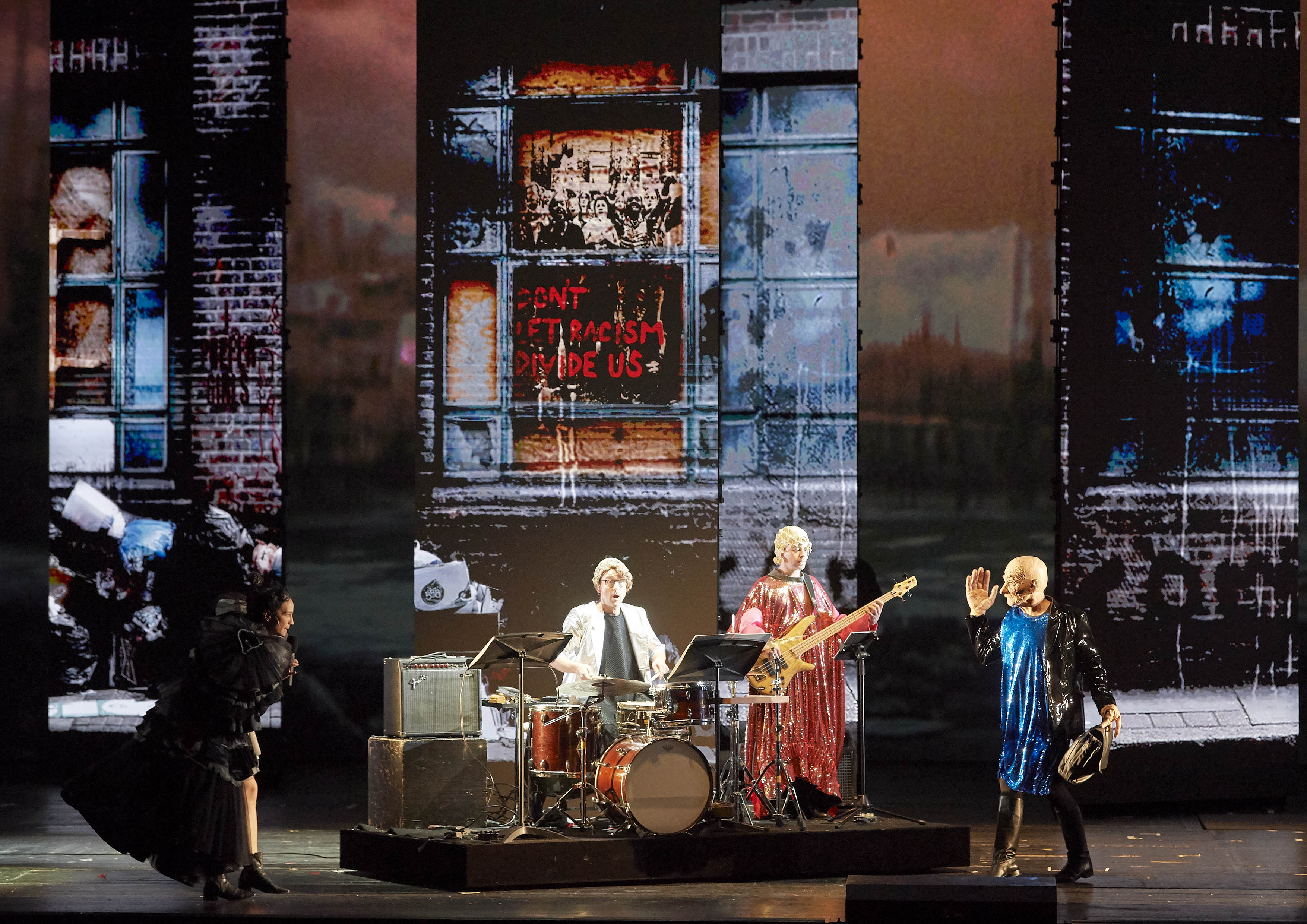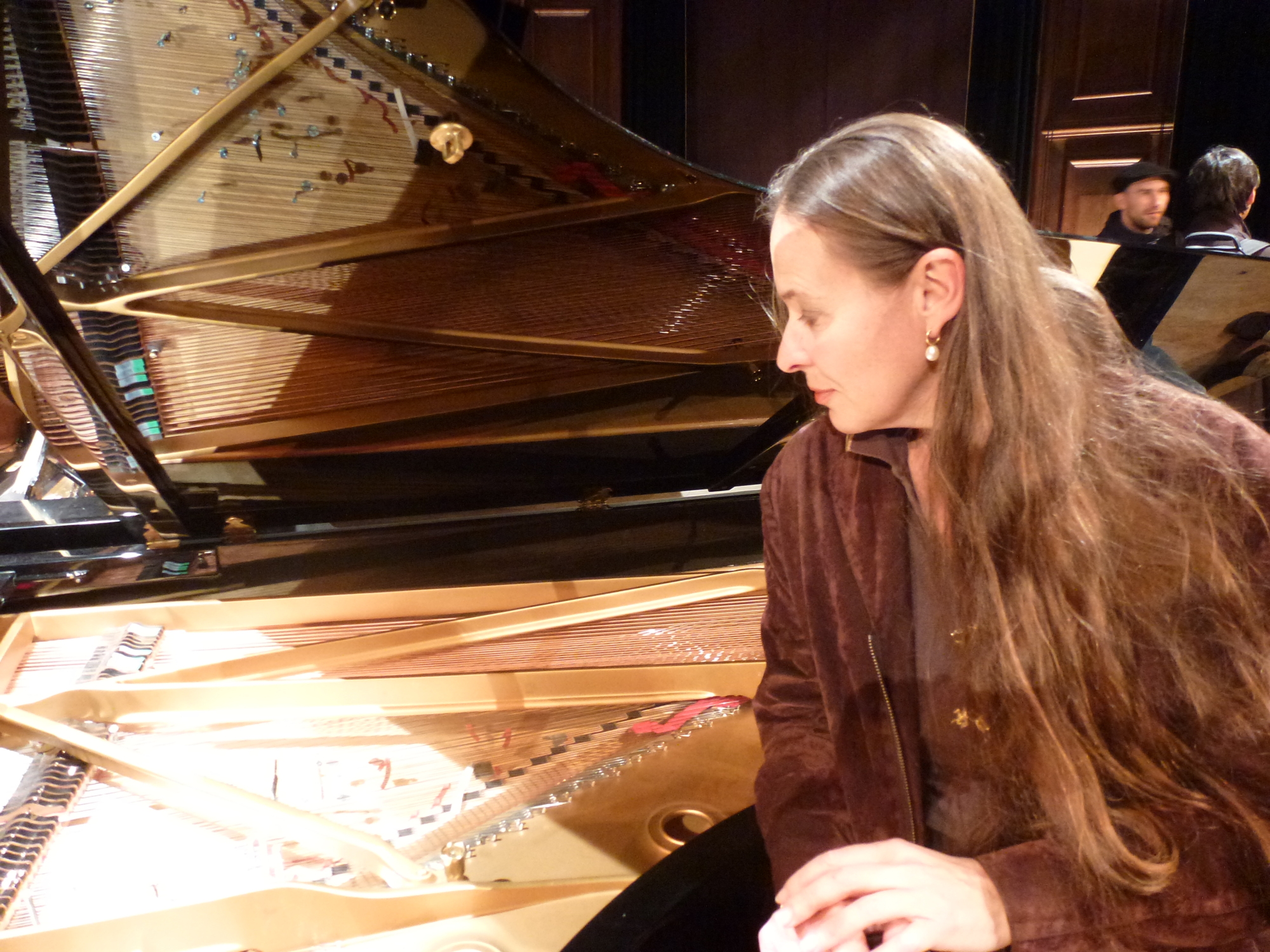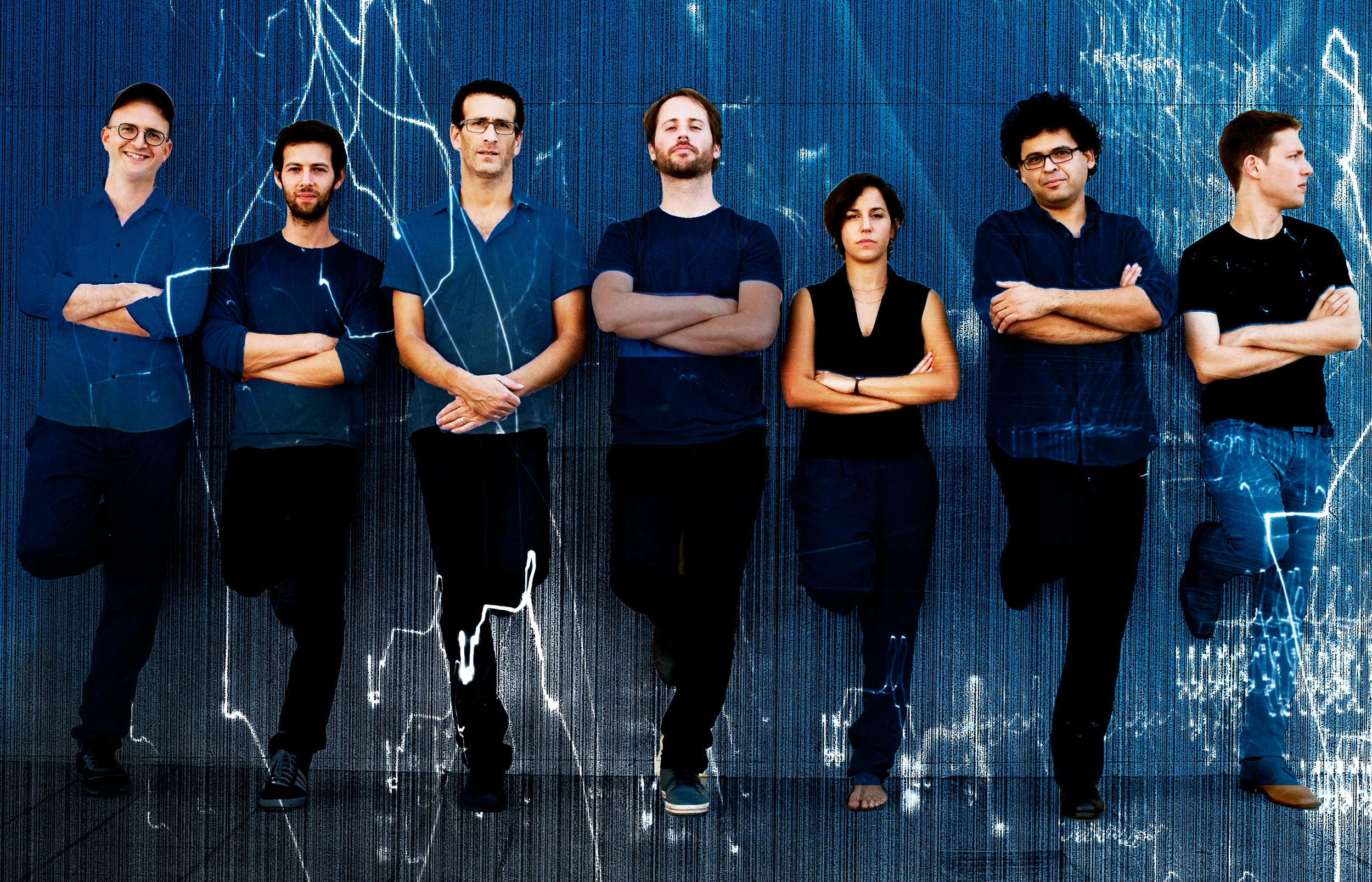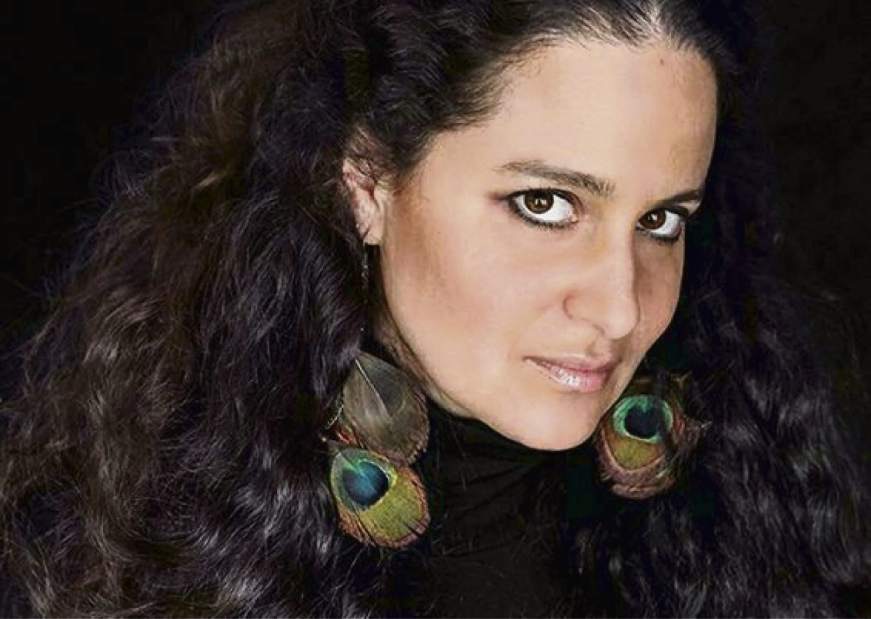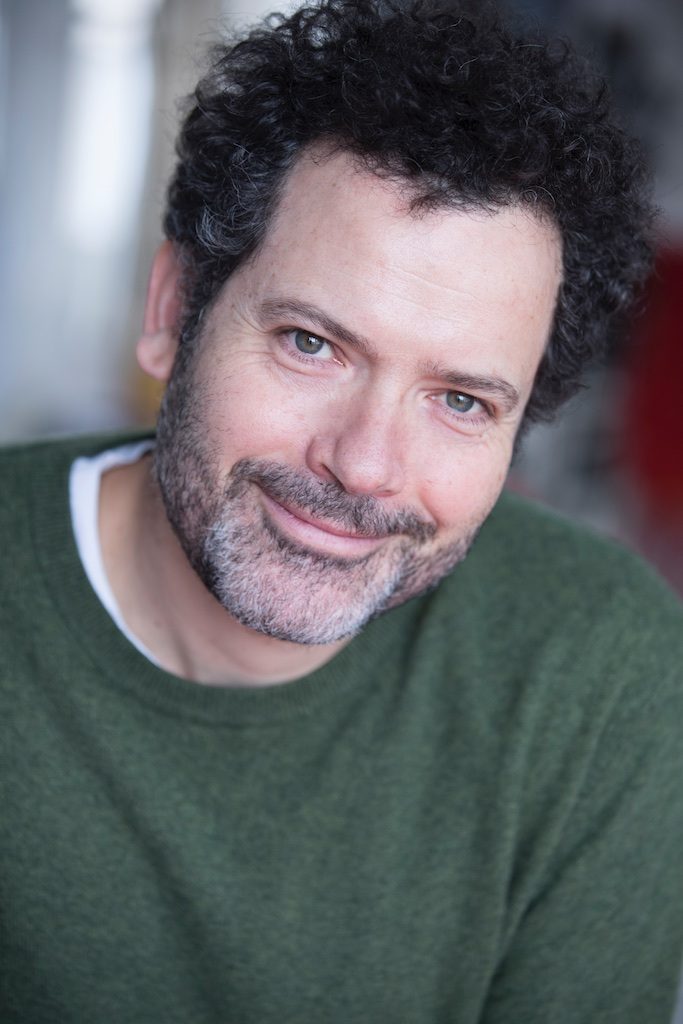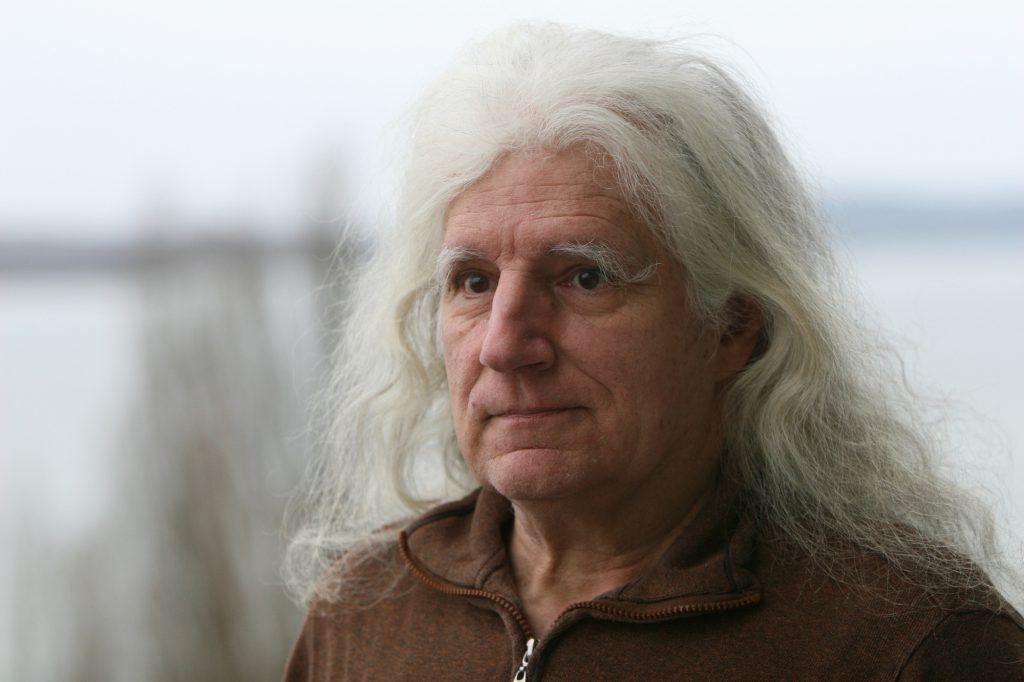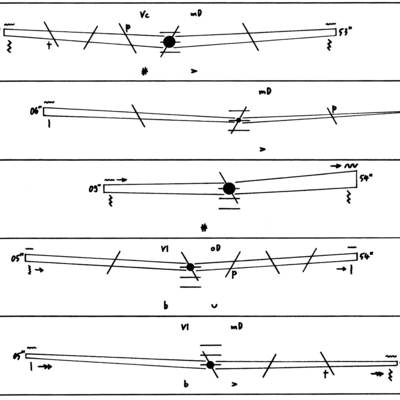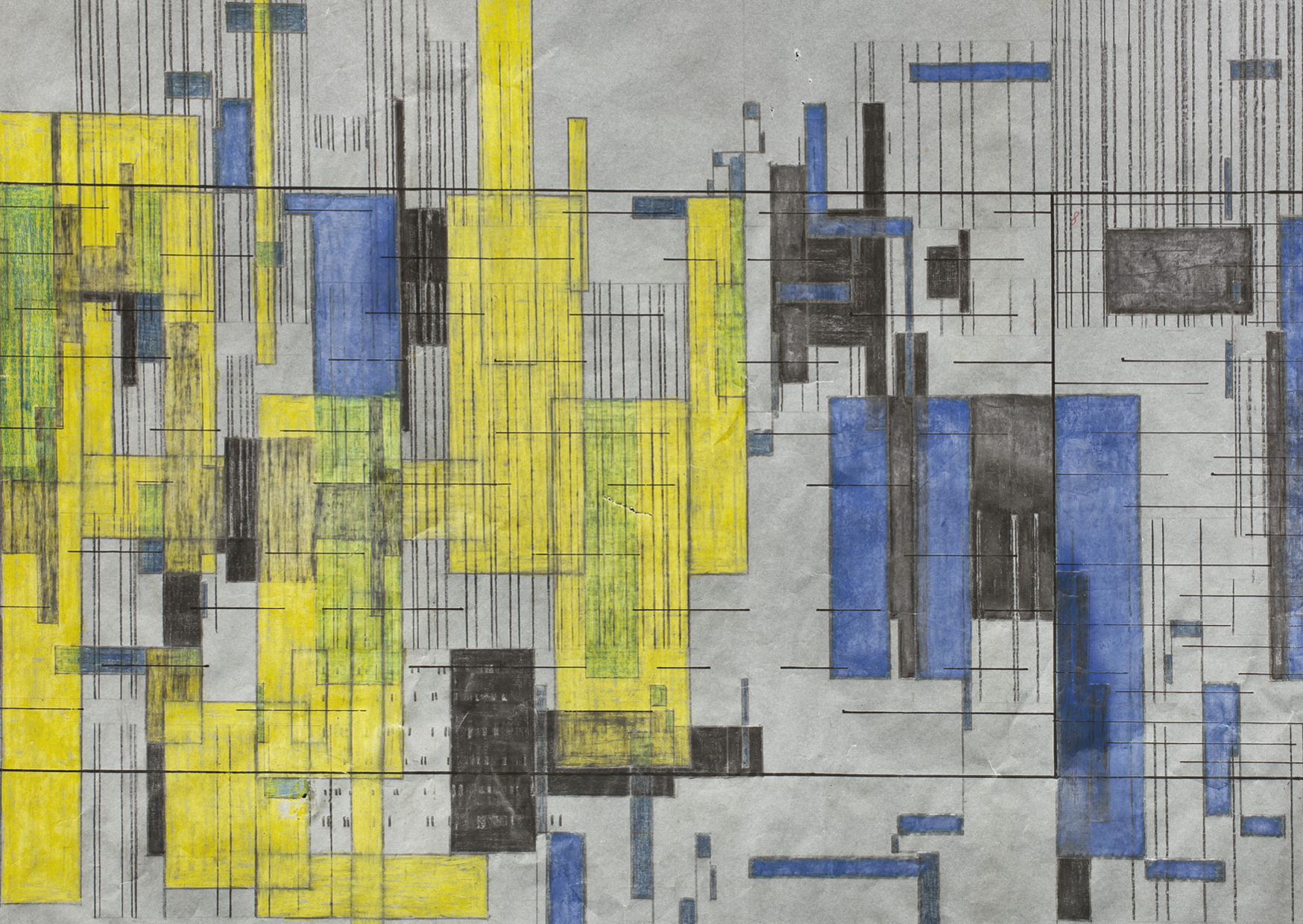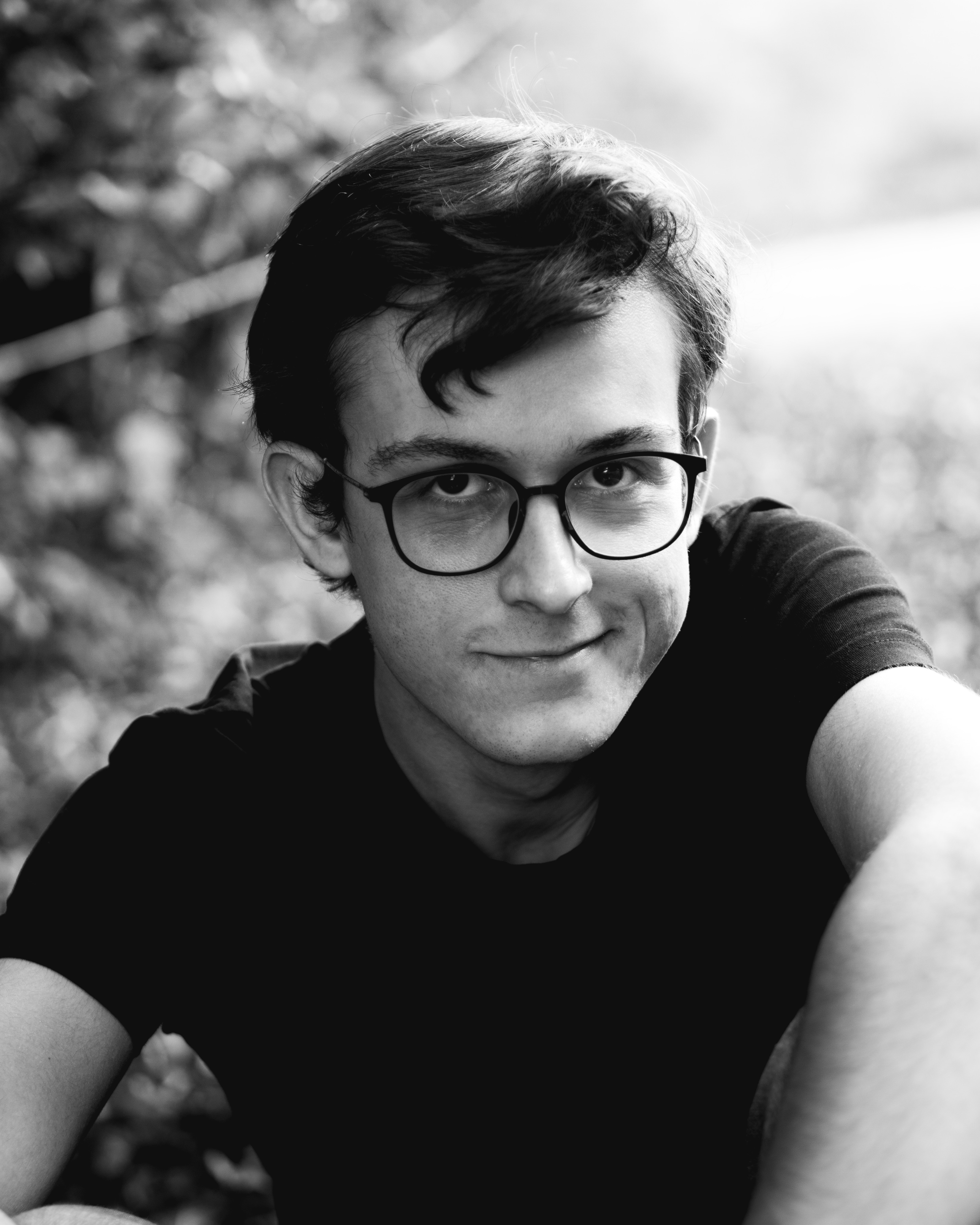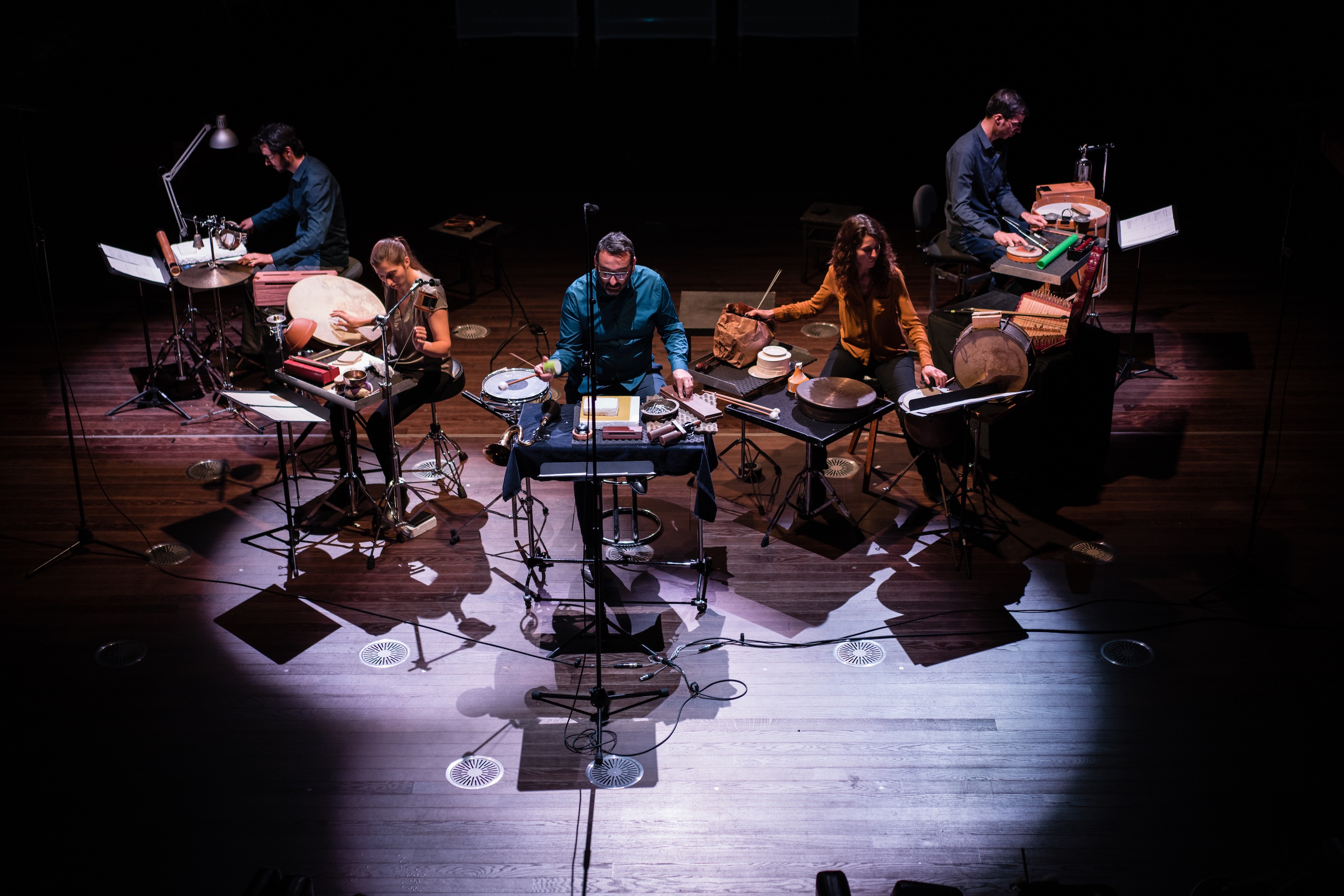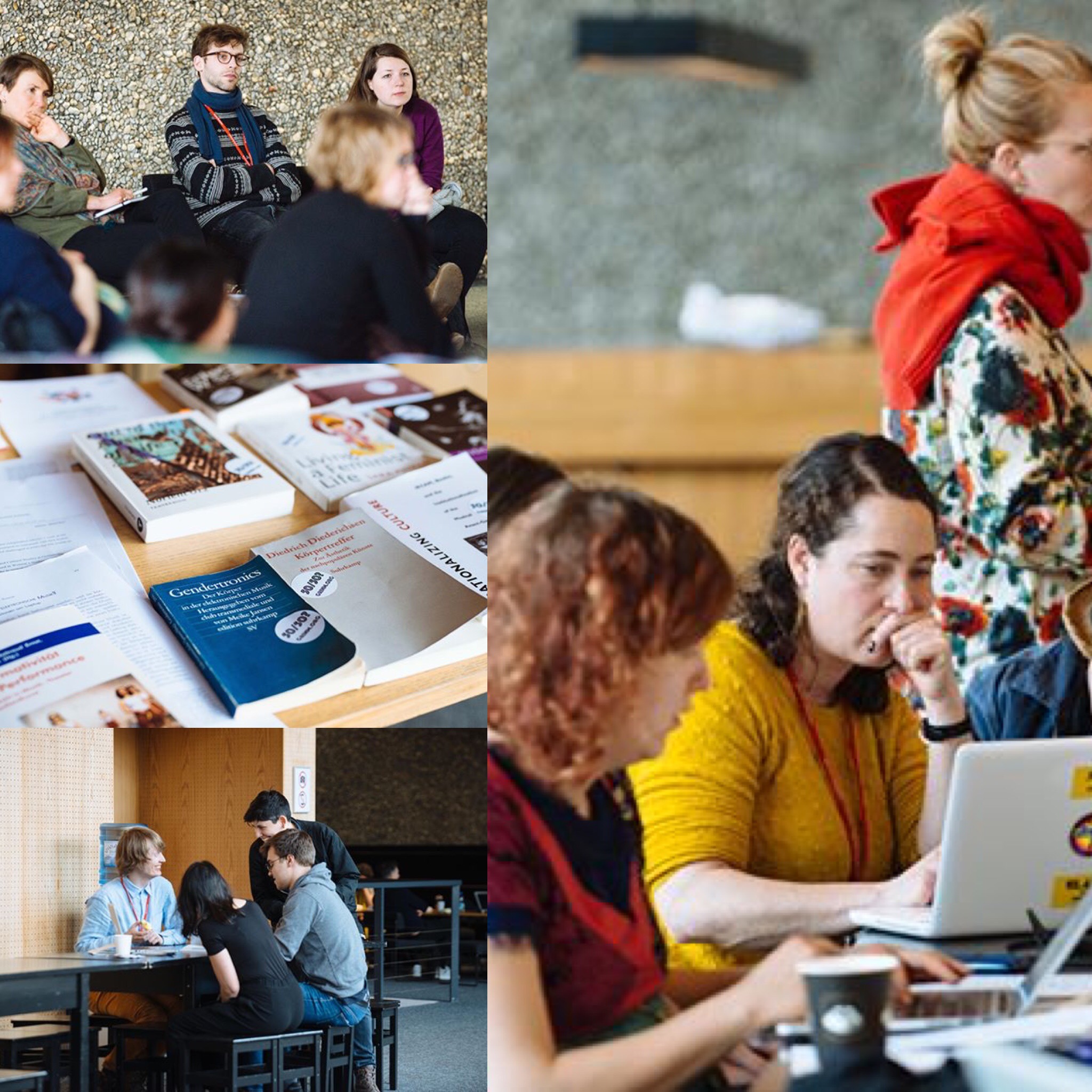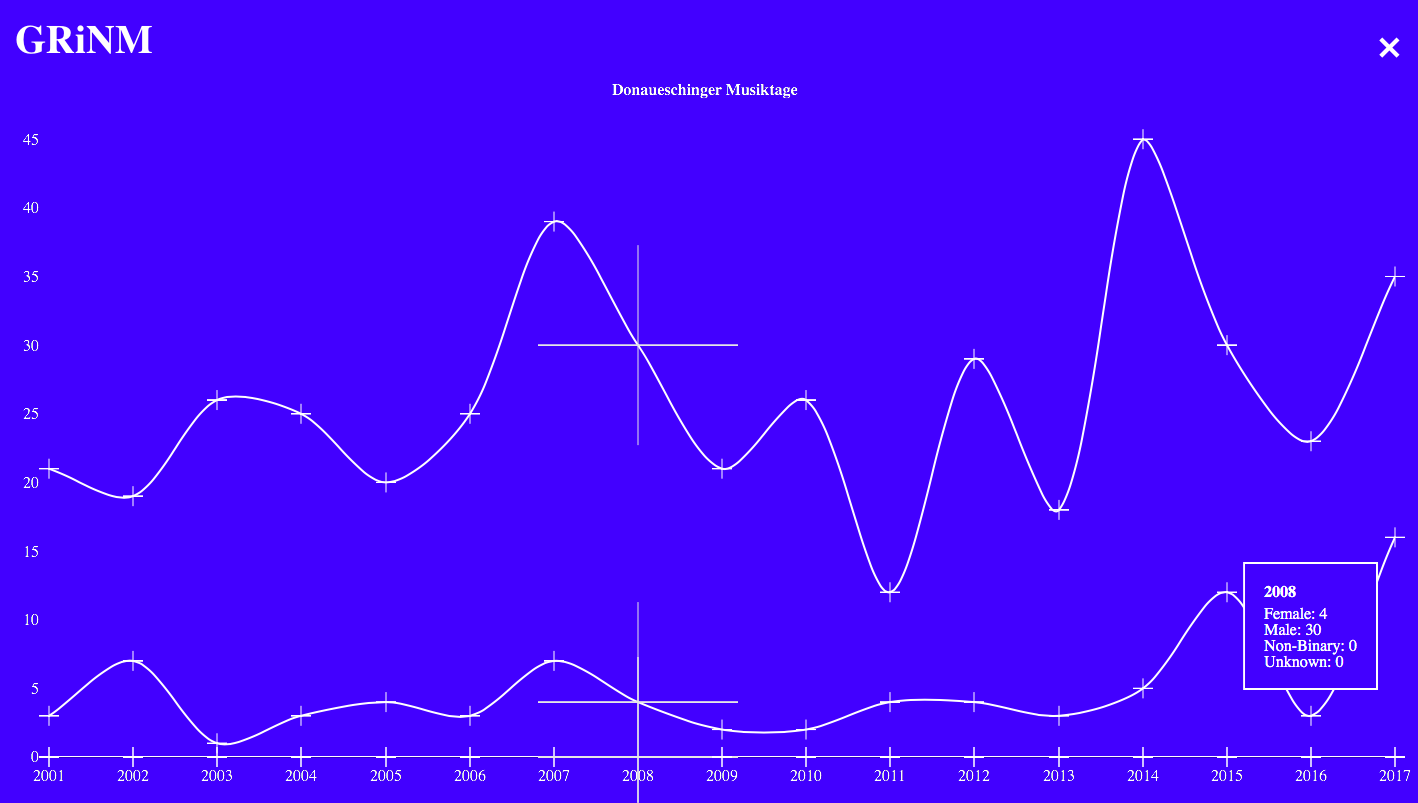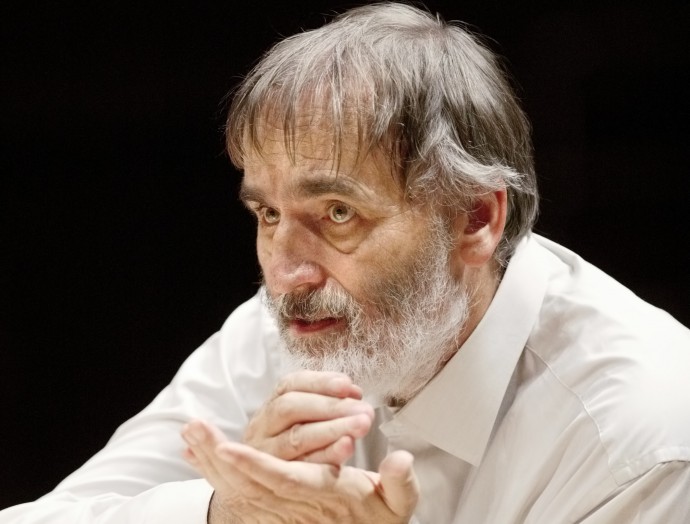Autumn is when the musical seasons traditionally start, in Ticino as elsewhere. Contemporary music has its own niche in the Italian-speaking part of Switzerland, having a peculiar geographical structure with a relatively large area and uneven distribution of population.
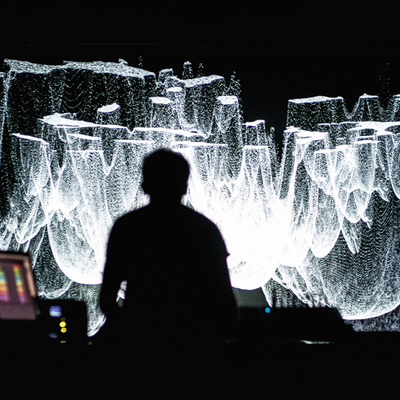
Nadir Vassena
Except for punctual or short events, the continuous presences, spread throughout the year are actually few. Among them, two in particular have marked and are still marking the cultural diversity of Italian-speaking Switzerland.
Oggimusica
The first is the 1977 founded association Oggimusica, which has distinguished itself for years as the only institution organizing events in the most diverse present genres: from contemporary music to jazz, from rock to improvisation and world music. Many important artists, now considered part of the musical history of the second half of the twentieth century, such as Philip Glass, Karlheinz Stockhausen, Cathy Berberian, Steve Reich, Egberto Gismonti, Fred Frith, Laurie Anderson, Iva Bittova, Irène Schweizer, Luciano Berio and many others have been invited – often for the first and only time – to Ticino by Oggimusica.
Alberto Barberis: Oratorio Virtuale, A Stradella reloaded
The peripheral situation of the Italian-speaking part of Switzerland was obviously very different at the end of the seventies compared to the present day, but Oggimusica remains one of the few opportunities for musicians from other Swiss regions to have their contemporary voice heard in Ticino. During this 2019-2020 season, for example, this will be the case for the Neuma ensemble and their interplay between the voices and saxophones of Dominique Vellard and Giacomo Schiavo (tenors) and Pierre-Stéphane Meugé and Marcus Weiss (saxophones), skilfully moving between ancient and contemporary music, but also for the improvised music of Âme Sèche (Walter Fähndrich, Remo Schnyder, Christy Doran, Benedikt von der Mühll) or the Mondrian Ensemble with its “no reality” programme. These are just a few “Swiss examples” of programming.
Nadir Vassena, Markus Weiss, ‘Materia oscura’
EAR
Another more recent initiative, which has reached its fourth season, is EAR: Electro Acoustic Room. Music as pure listening experience. Acousmatic music is a young art form, originating from the radio, born only a hundred years ago. If the label “Contemporary music” is already ambiguous, stating everything and nothing at the same time, that of “electronic music” is perhaps even more so. The soul behind EAR can be seen, or rather heard, from the programming. It’s not club music, nor 90’s raves or Zurich’s Street Parade, but rather the search for a moment dedicated to intimate, concentrated listening. The verb “to hear” (sentire) can also mean or be synonym of “to feel” in the Italian language and there is an archaic link between the skin and the hearing related to the embryo’s development, as both organs – ear and skin – develop from the same germ layer. Just as touching always gives a feeling to be touched, when speaking, one can always hear the own voice. Knowing how to listen, to oneself and the others, is underestimated and should never be taken for granted as it is the foundation not only of musical experience, but also a fundamental aspect in the sphere of human relations.
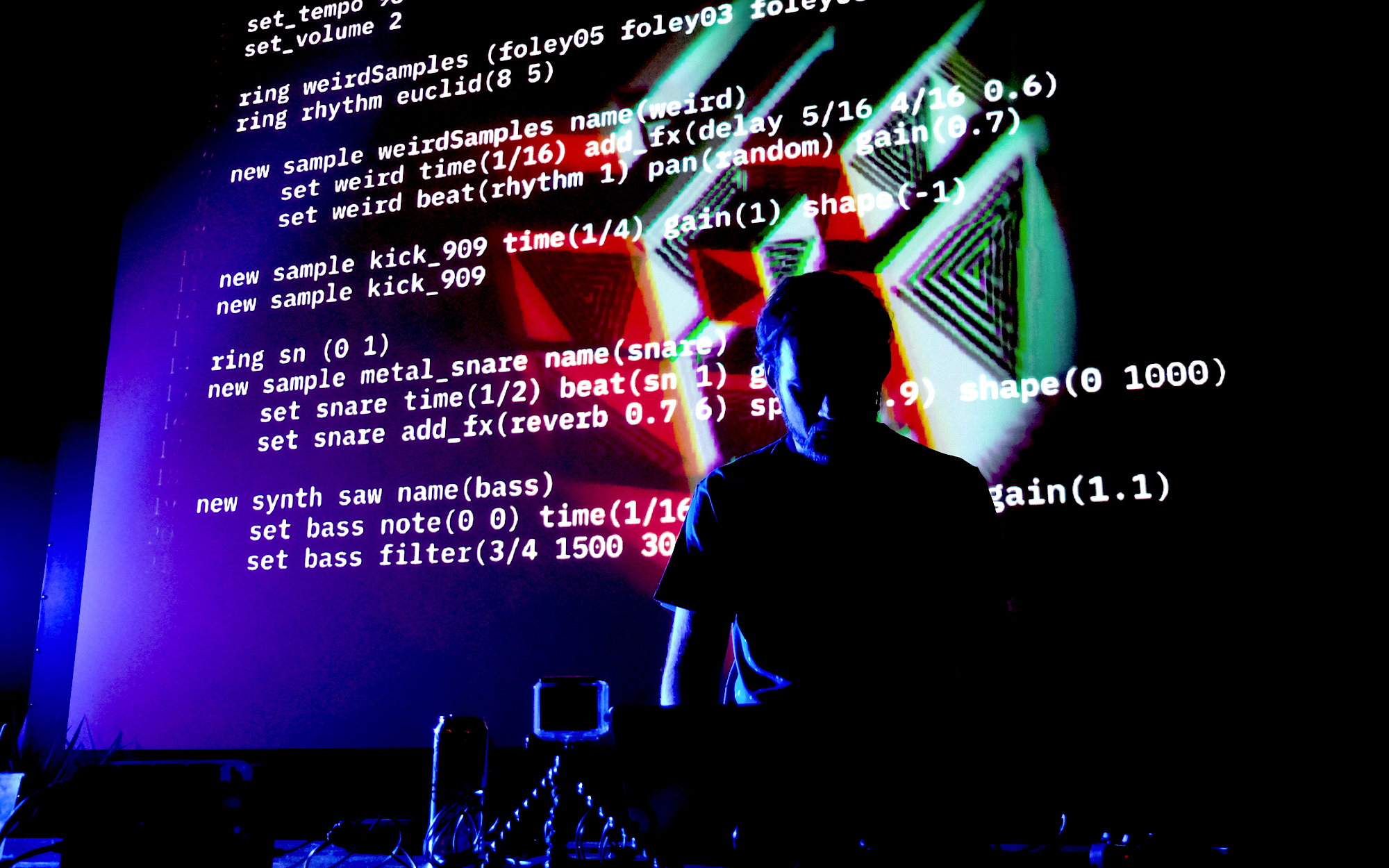
RSI Rete due: Neo
Radio remains the privileged space to talk about (and listen to) these issues, both by vocation and institutional duty. It is therefore a pleasure to learn, that from October 29, 2019, every last Tuesday of the month at 20:05, Retedue of RSI will make room for contemporary music with ‘neo’, a programme curated by Valentina Bensi, that will look for and find material as well as themes on neo.mx3.ch, the new SRG SSR platform for Swiss contemporary music.
Nadir Vassena
Esther Flückiger, Verso Nikà, 2019
Radio broadcasts neo / RSI, curated by Valentina Bensi:
Next episode:
Monday, December 23: meet Esther Flückiger, composer, representing Switzerland at the ISCM World Music Days 2020 in New Zealand.
Tuesday, October 29: meet Alberto Barberis, new artistic director of Oggimusica
Concerts Oggimusica: LAC teatrostudio, 12.1. / 16.2. / 1.4. / 15.5. / 5.6.2020
Concerts EAR: LAC teatrostudio, 28.2. / 20.3. / 24.4.2020
Oggimusica, EAR, ISCM, Esther Flückiger, Mondrian Ensemble, Alberto Barberis, Timo Hoogland
Neo-profiles: Oggimusica, Mondrian Ensemble, Marcus Weiss, Nadir Vassena, Alberto Barberis, Esther Flückiger




